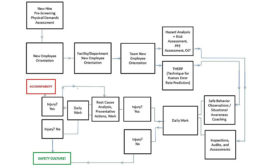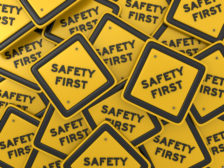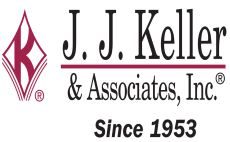Risk Management
Thought Leadership
A tangled web: subjective perspectives, risk assessments and ethical dilemmas
Part 1 of 3
April 27, 2021
Thought Leadership
Whistleblowers, past and present
How to avoid repeat mistakes and understand ethical dilemmas
January 17, 2021
Get our new eMagazine delivered to your inbox every month.
Stay in the know on the latest safety trends.
SUBSCRIBE TODAYCopyright ©2024. All Rights Reserved BNP Media.
Design, CMS, Hosting & Web Development :: ePublishing












